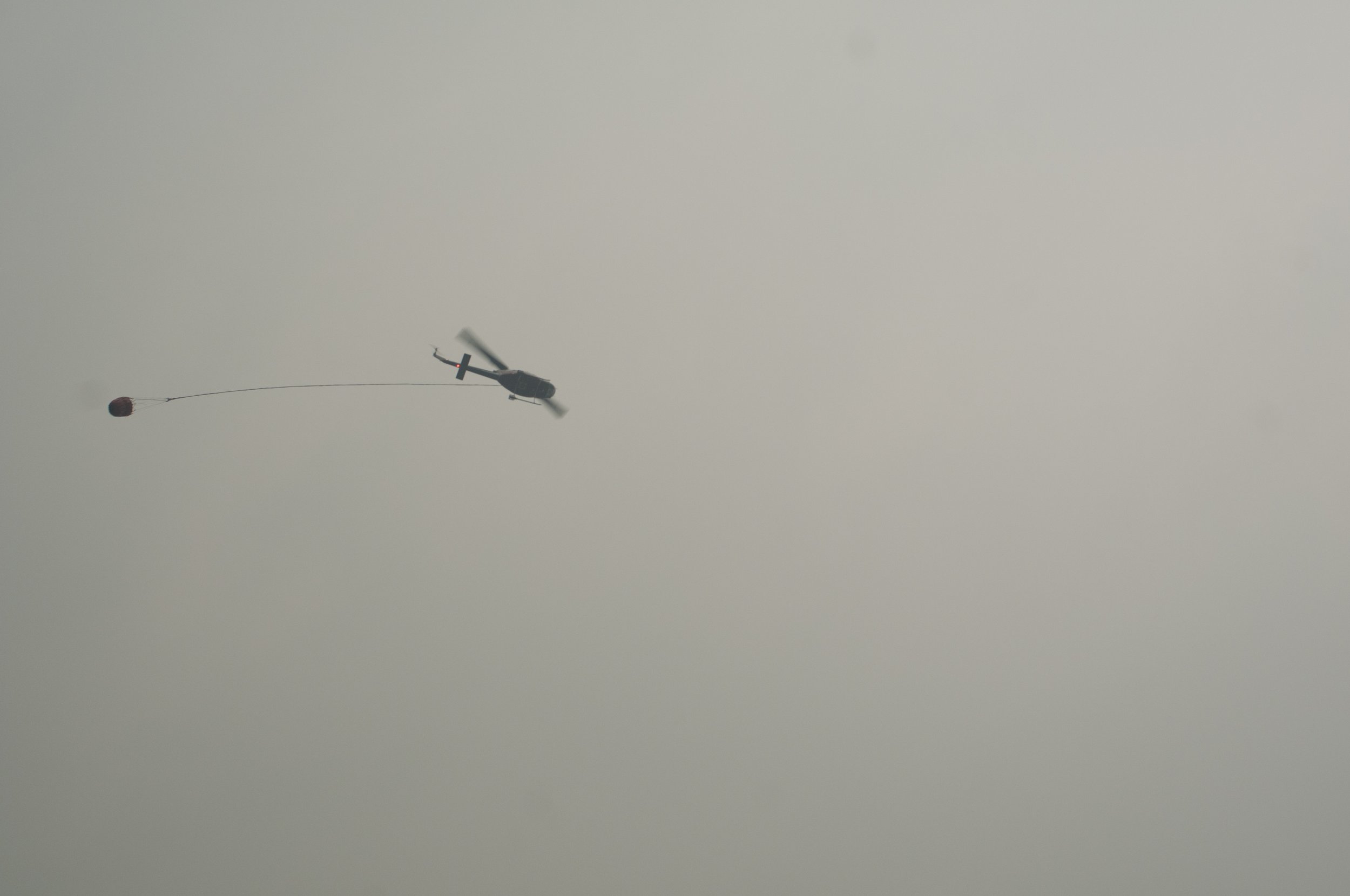
In 2018 British Columbia fire season became one of the worst periods in the provinces history, with 2,115 fires and 1.35 million hectares burned, the province put resources on conditions so bad, that millions of dollars of health, logistics, agriculture and tourism were compromised daily.
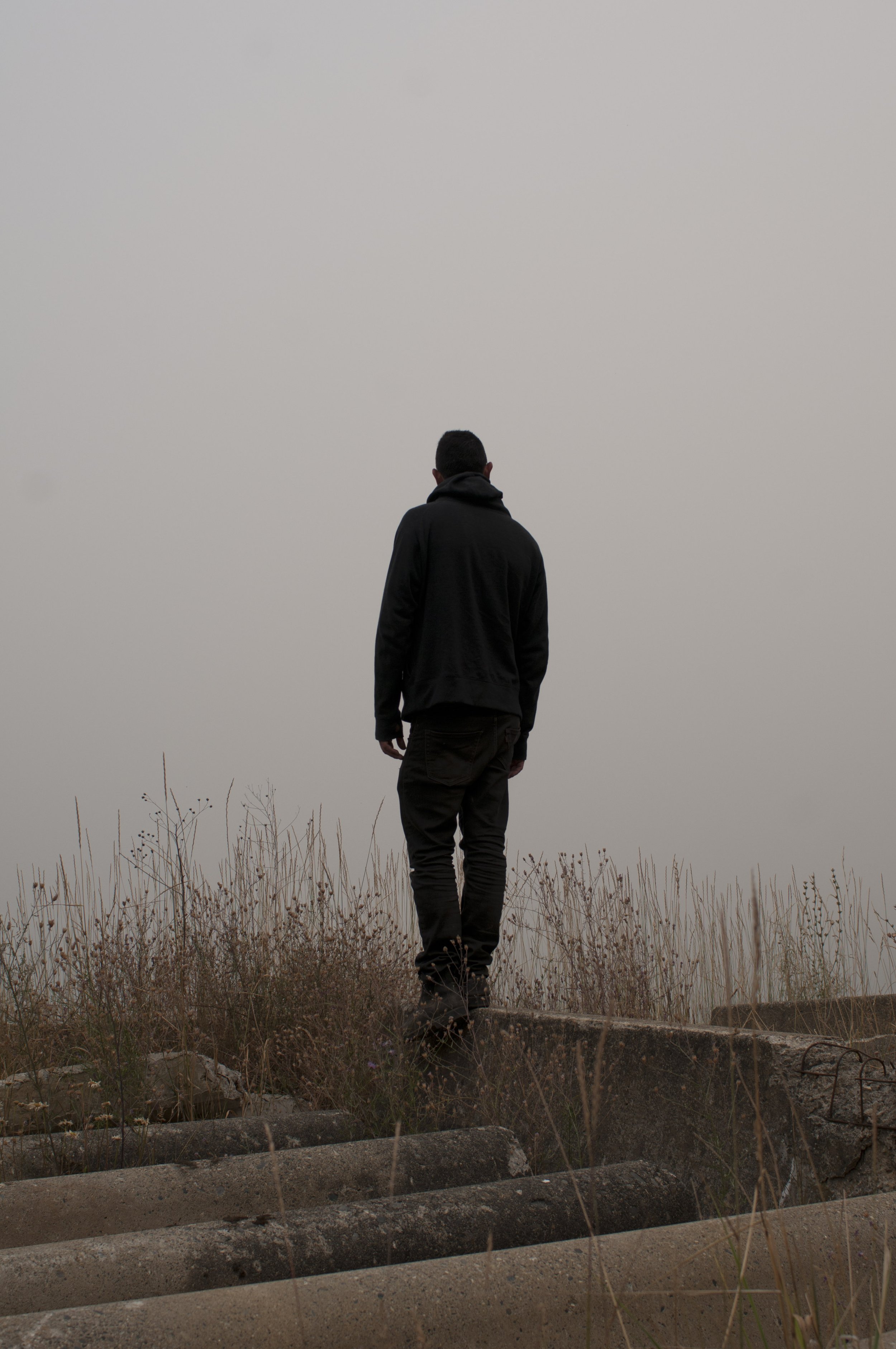
The generation born after 1980 have a funny dilemma, what we are told to do to succeed vrs what the evidence we need to survive is wrong. As the last generation to afford the luxury of climate debate, we have the responsibility to apply our reason independently to what we hear from others, as our existential crisis says more about what is true then what we suppose the facts are.
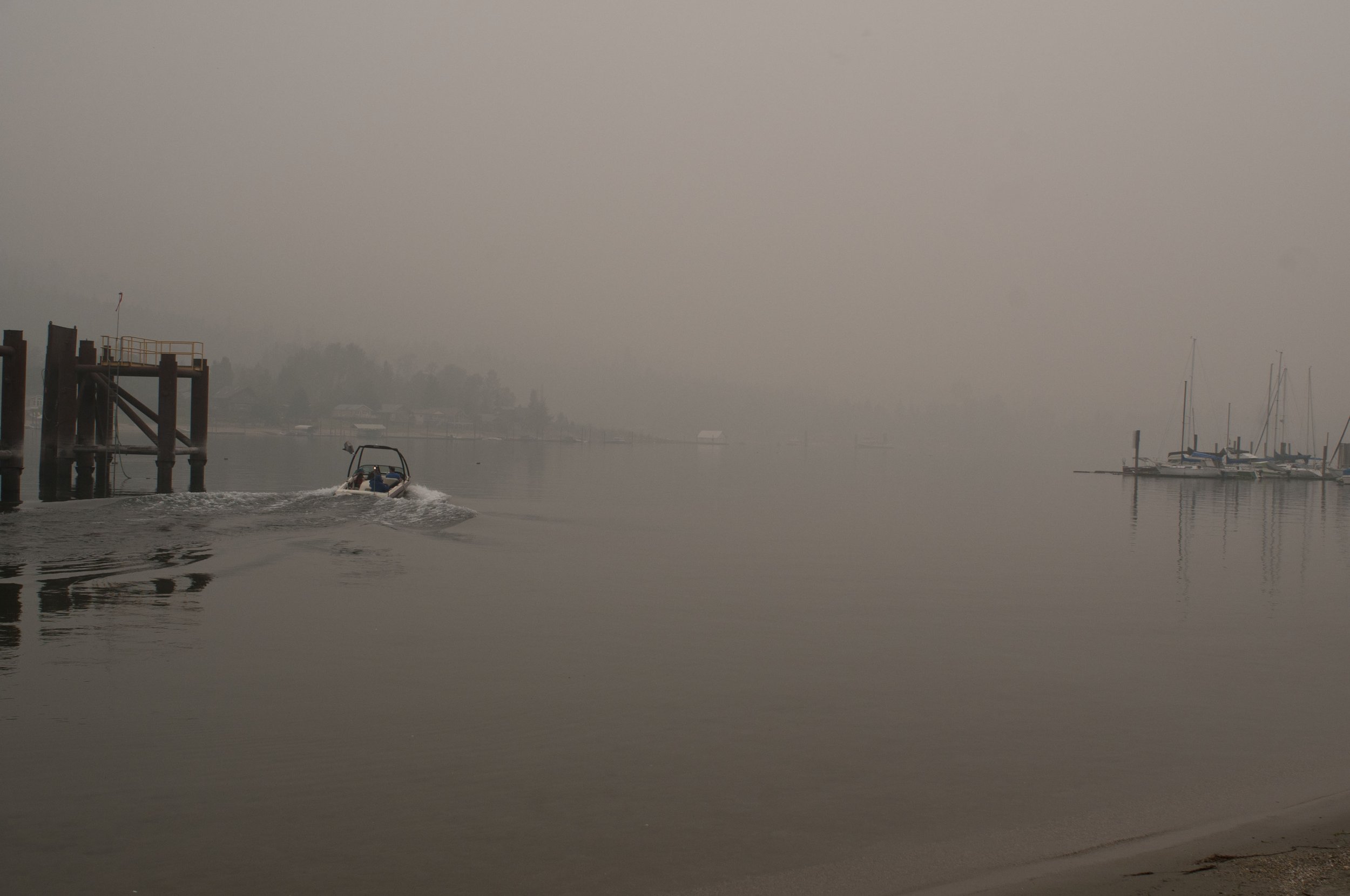
Balfour, B.C Canada 2018 As fire season starts around May in Canada and peaks around July, August, the make or break period for anything that depends on sun is so temperamental, once socked in with thousands of fires burning, this type of visibility will last for months, even without a local fire. The smoke can drift in from a neighboring province, making their conditions his conditions, reminding both of us that we are interconnected.

Balfour, B.C, 2018 As people adapt to changing weather patterns, the hardest part about knowing what to expect is how long certain conditions can exist for to make them seem normal. It takes looking back at landmarks and the way we build our structures to understand what used to be, and what is today, otherwise if year after year, we experience abnormal weather events, that's how natural it seems to get, making it easy to forget what used to be.

Balfour, B.C, Canada 2018 Most people understand their livelihoods aren't guaranteed, but the type of acceptance that comes from surviving in these conditions on the fringes of the network creates a dynamic that is beyond earthly in nature. The stasis that city dwellers expect year after year is not guaranteed in a smaller community, as what shows up, good or bad, is directly affecting family in a way that only certain people embrace.
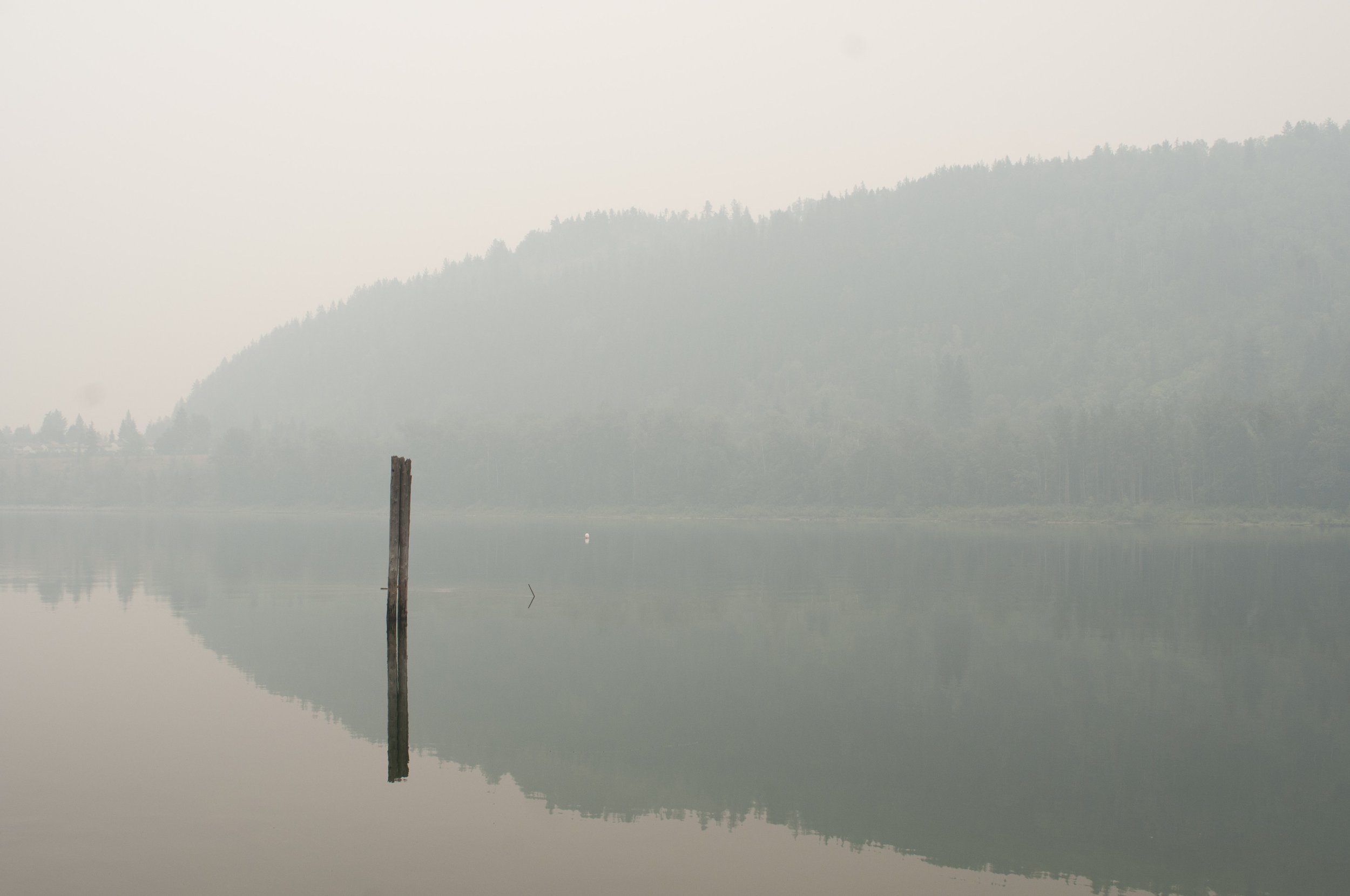
Balfour, B.C, Canada 2018 The stillness that comes from something not being right is a beauty that needs to be captured as our generation sees it unfurl. Although it may be avoidable, the fact that this type of landscape can be an everyday reality as events get worse for longer, means the pathos behind it is in our mind. What this does to our feelings of well being and future directly affects our lives and how we embrace our interests.
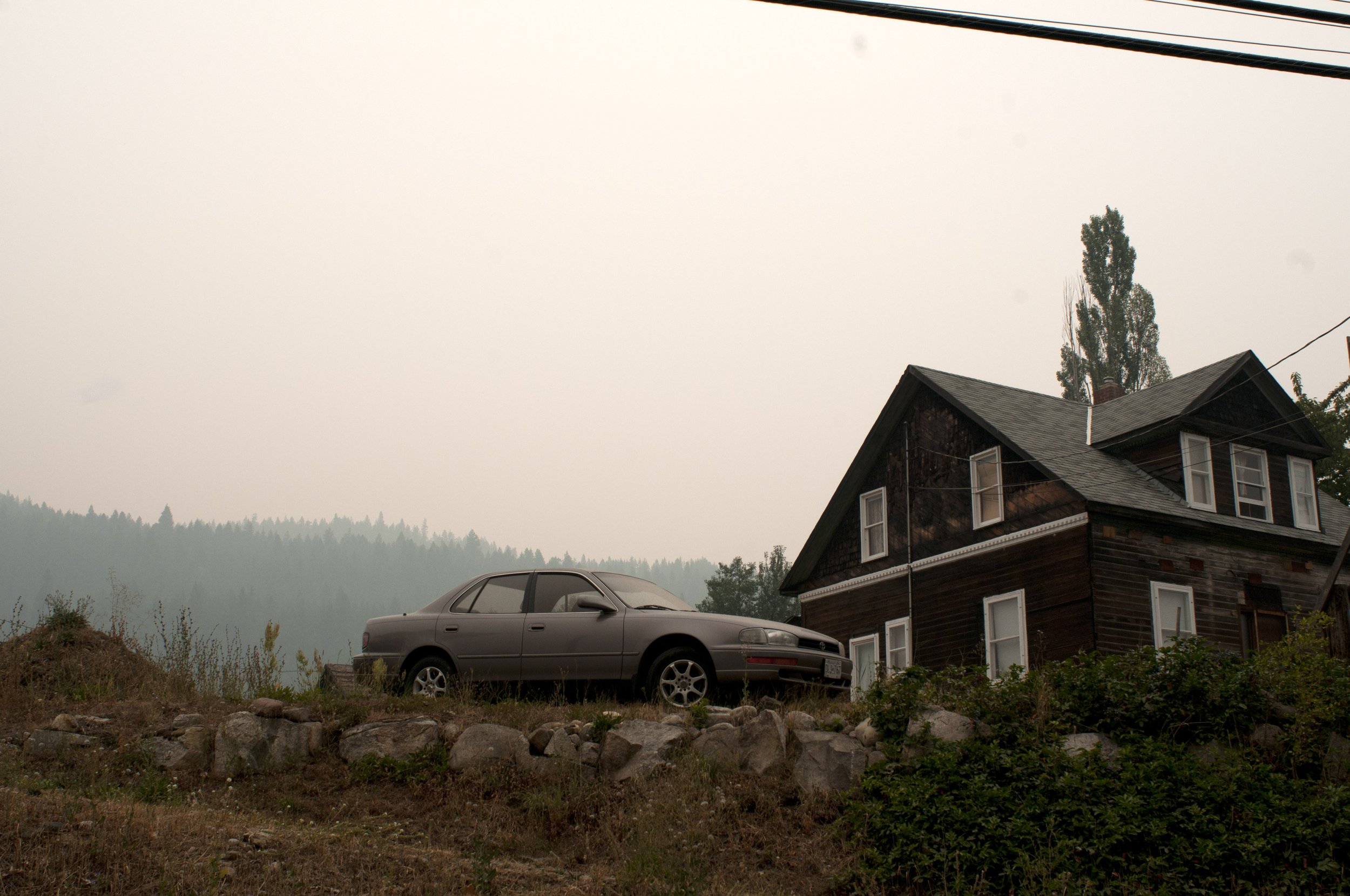
Castlegar outskirts, B.C, Canada 2018 Our lives intermingle with mother nature everyday. We don't understand why we live between nature and ourselves, but those who do, build lives unique to their family and their generation. For communities to exist so close to the wilderness means everybody has a distinct personality and way of living.
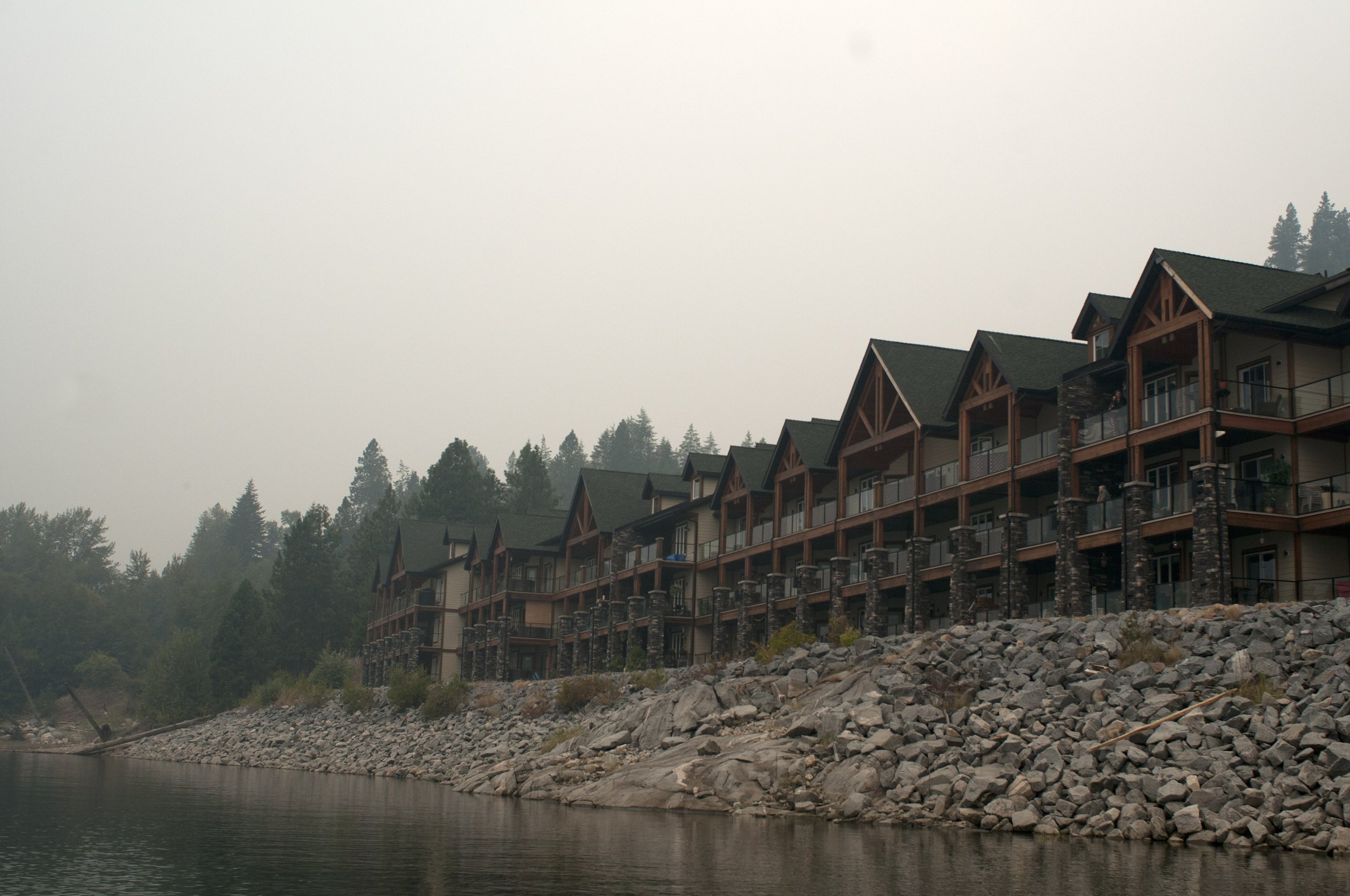
Syringa, B.C, Canada 2018 Those looking to visit have an interesting time in a summer like 2018. In this case, the obvious impacts on development are clear. Like all resort areas, the changing seasons are difficult, and what seems like a good investment can change in a matter of seasons. In this case, with back to back fire summers causing a lull in traffic, unspoken tragedy like this can spell the end of a well intentioned business.

Syringa, B.C, Canada 2018 Being left behind, the ways we had it as commercial people have started to run up against the visible effects of self destruction. This photograph represents how much a boat can be a holiday utility object, or a necessity to explore our changing climate. Which one would you choose?
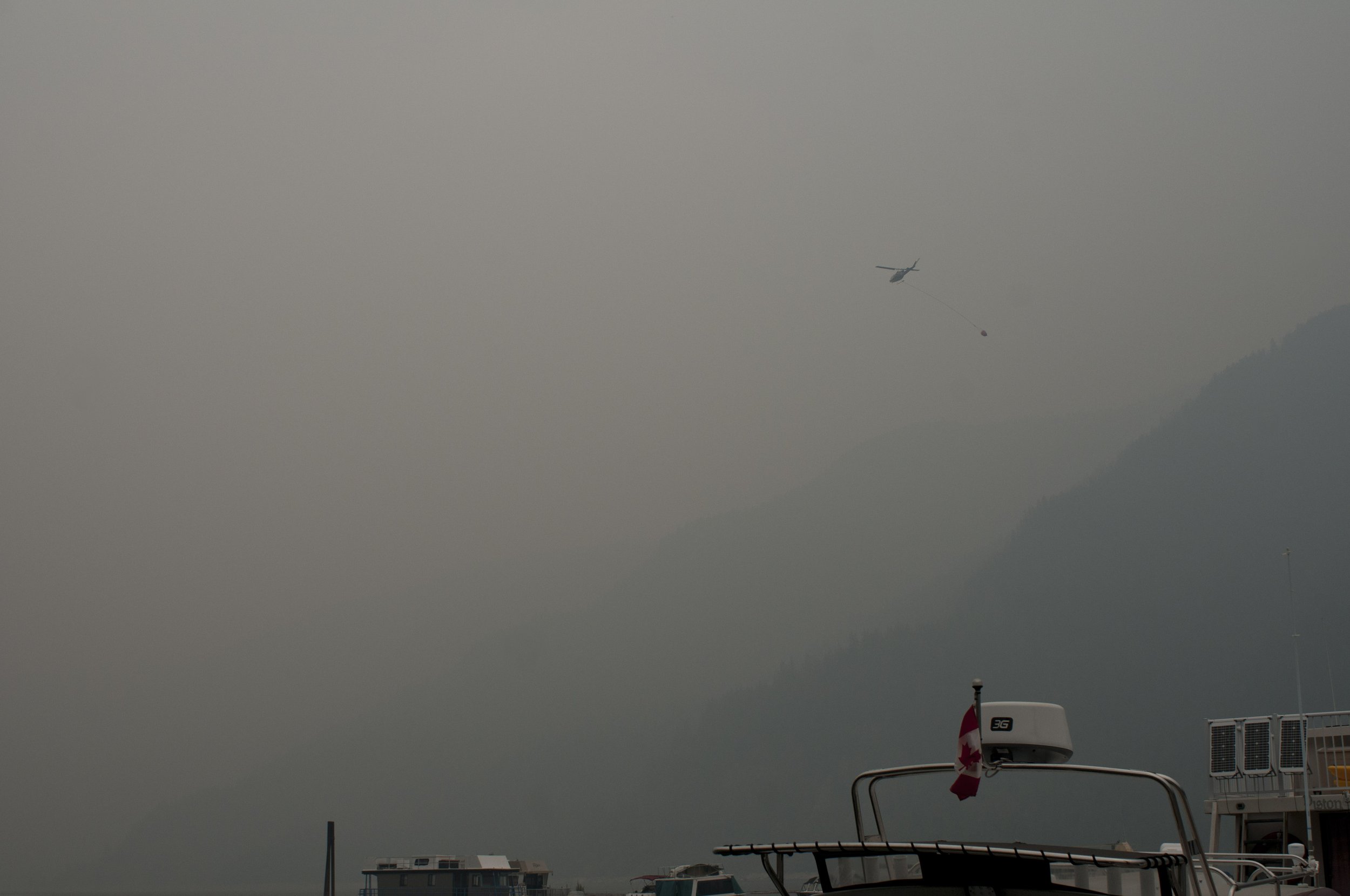
Syringa, B.C, Canada 2018 As we have been lucky the past few years since 2022, the summers have cleared up tremendously with little to no smoke. However, the reminder force our demographics to change, as ways around shut down summers this bad are real on top of winters with no precipitation. By May, a tough season is usually already started.
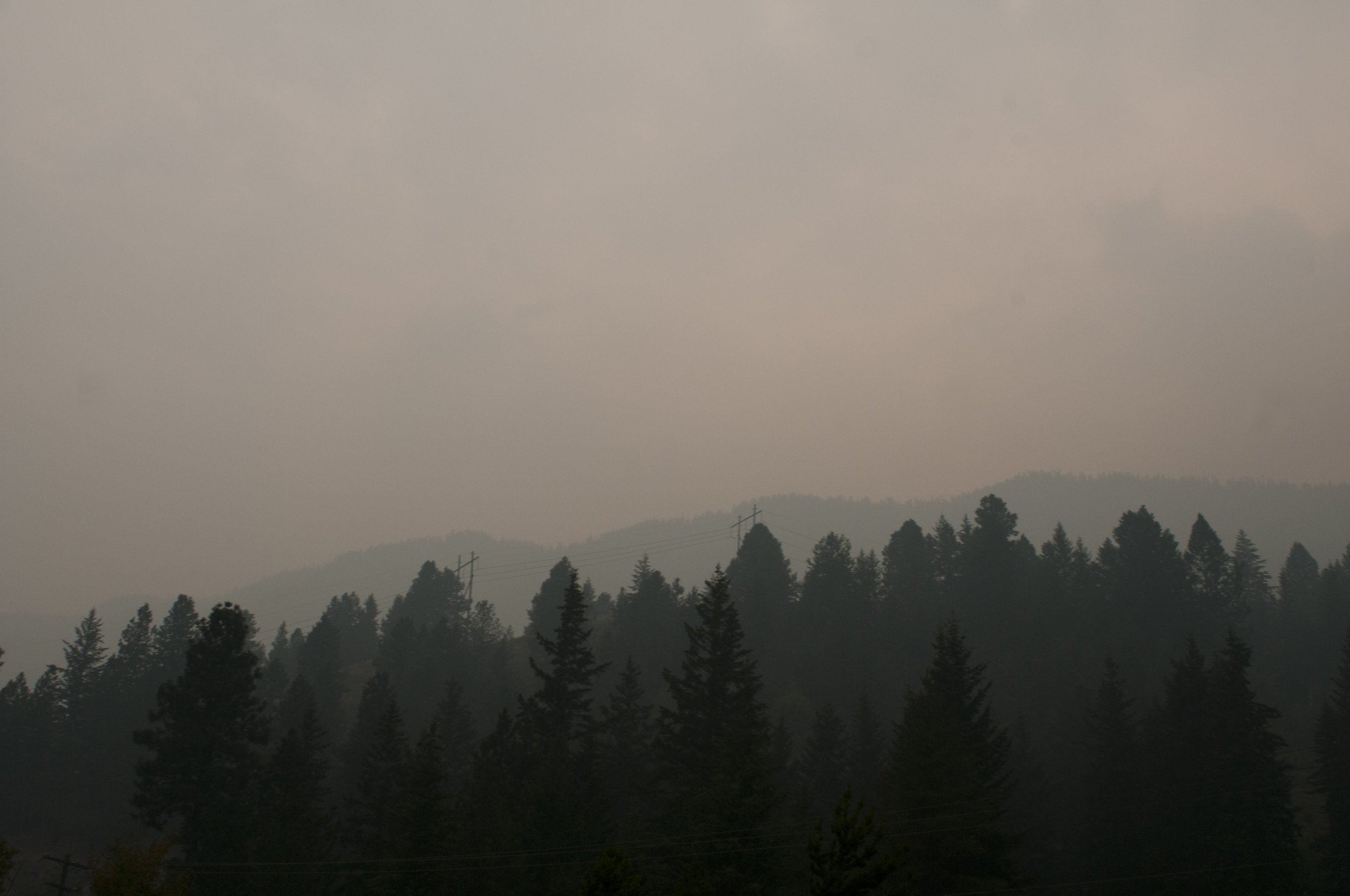
Syringa, B.C, Canada The amount of fuel in Canada's west is staggering considering the extremes these events go through. As people know to try to reduce it for safety, British Columbia's diverse ecosystem can either self sustain humidity like the Kootenay's old growth rain forest, or go through a problem like a trapped heat wave and create terrifying susceptible conditions after it was never conceivable.

Nelson, B.C, Canada 2018 A tiny community like Nelson can feel like an oasis from the city world, but in extreme conditions, almost nothing against what the wilderness can do. Whoever built this city would have been here for very specific reasons, now as those reasons shift, so do the reasons behind sitting close to fire hazards. How we deal with protecting our resources has everything to do wit how these communities manage their assets.
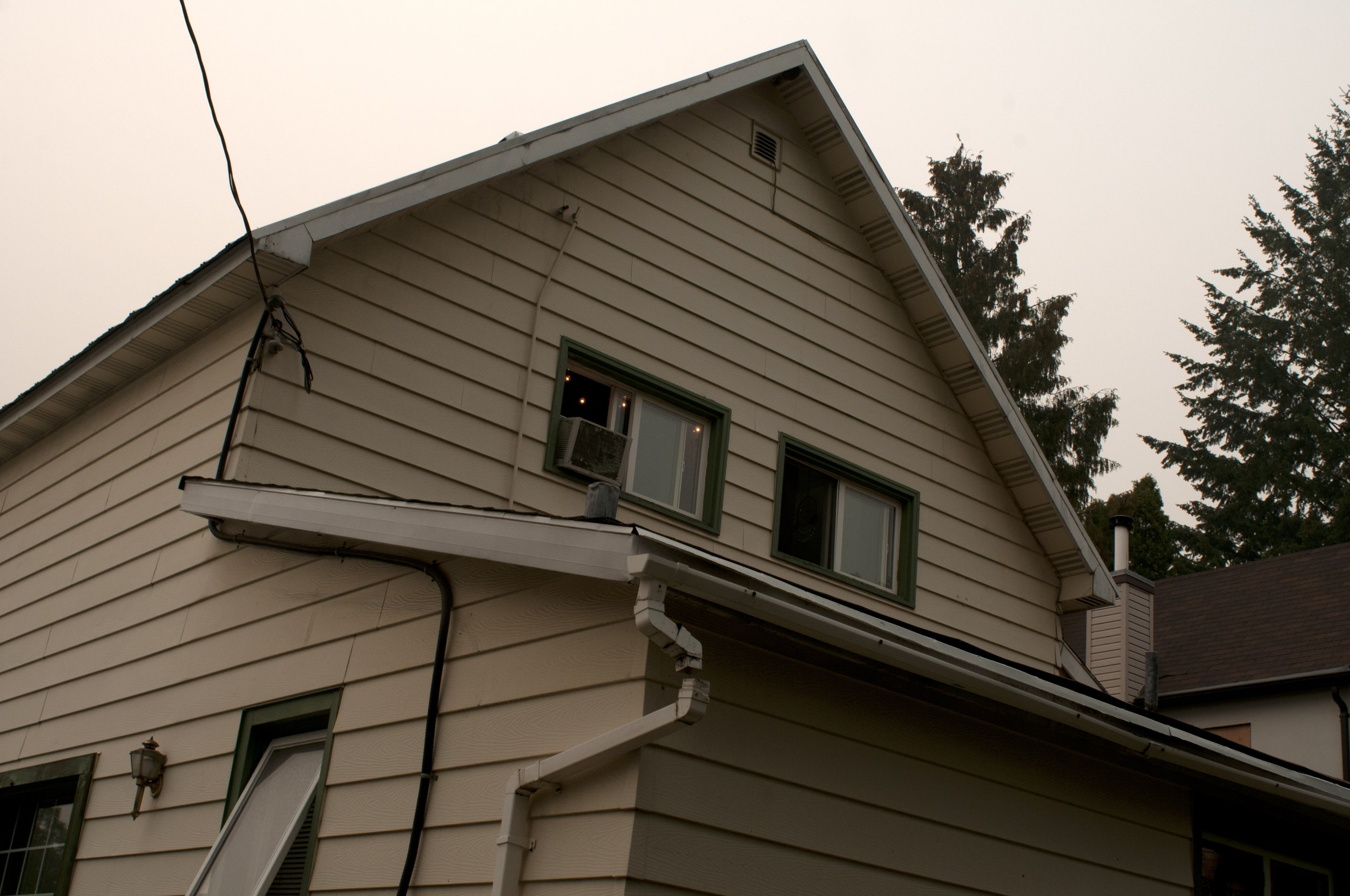
Nelson, B.C, Canada 2018 Crowded conditions for summer worker and people traveling can make it difficult for visitors when the smoke sets in. When the weather is bad, in a place built for outdoorsmanship, their can be nowhere to go, and nothing to do. As people come and go in waves, it can make supporting everybody in this community extremely difficult.
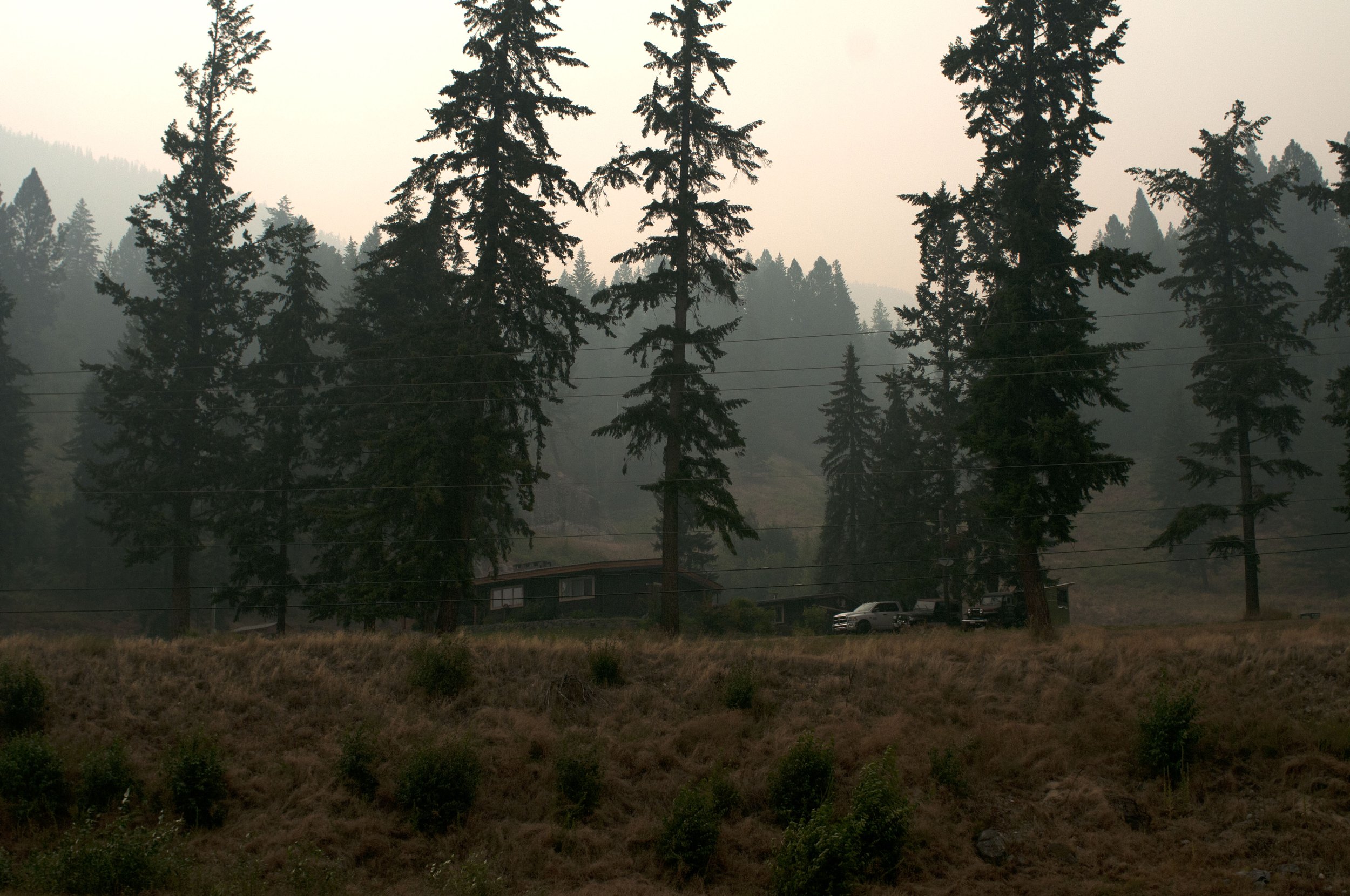
Outside Castlegar, B.C, Canada Remote life has unbelievable rustic charm that comes from living outside the norm, and finding life where it is harsh. When people grow up and leave, they leave their childhood behind, but seeing these seasons change and facing the elements in a small community creates bonds that strengthen an individual. Knowing these people isn't easy, as their life and an outsiders life is so different, it takes years to fully understand.
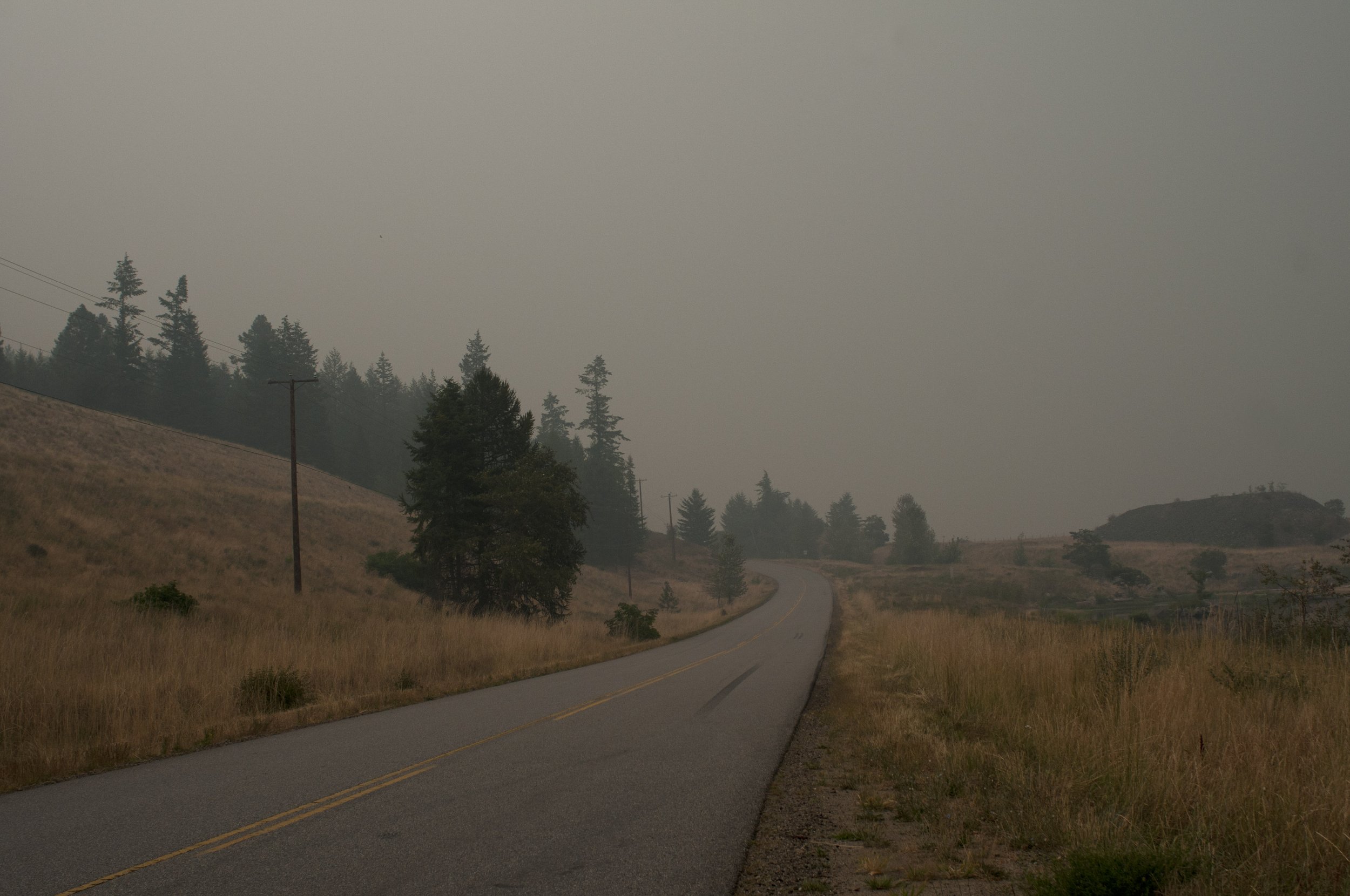
Syringa, B.C, Canada 2018 To see a summer highway this quiet in British Columbia speaks to how many people were unwilling to brave the air quality to see what it was doing to their landscape. The austere atmosphere says more about how uninhabitable this countryside can get if the fires were unable to be managed, but as natural events go, remarkable in how even this can seem amazing.
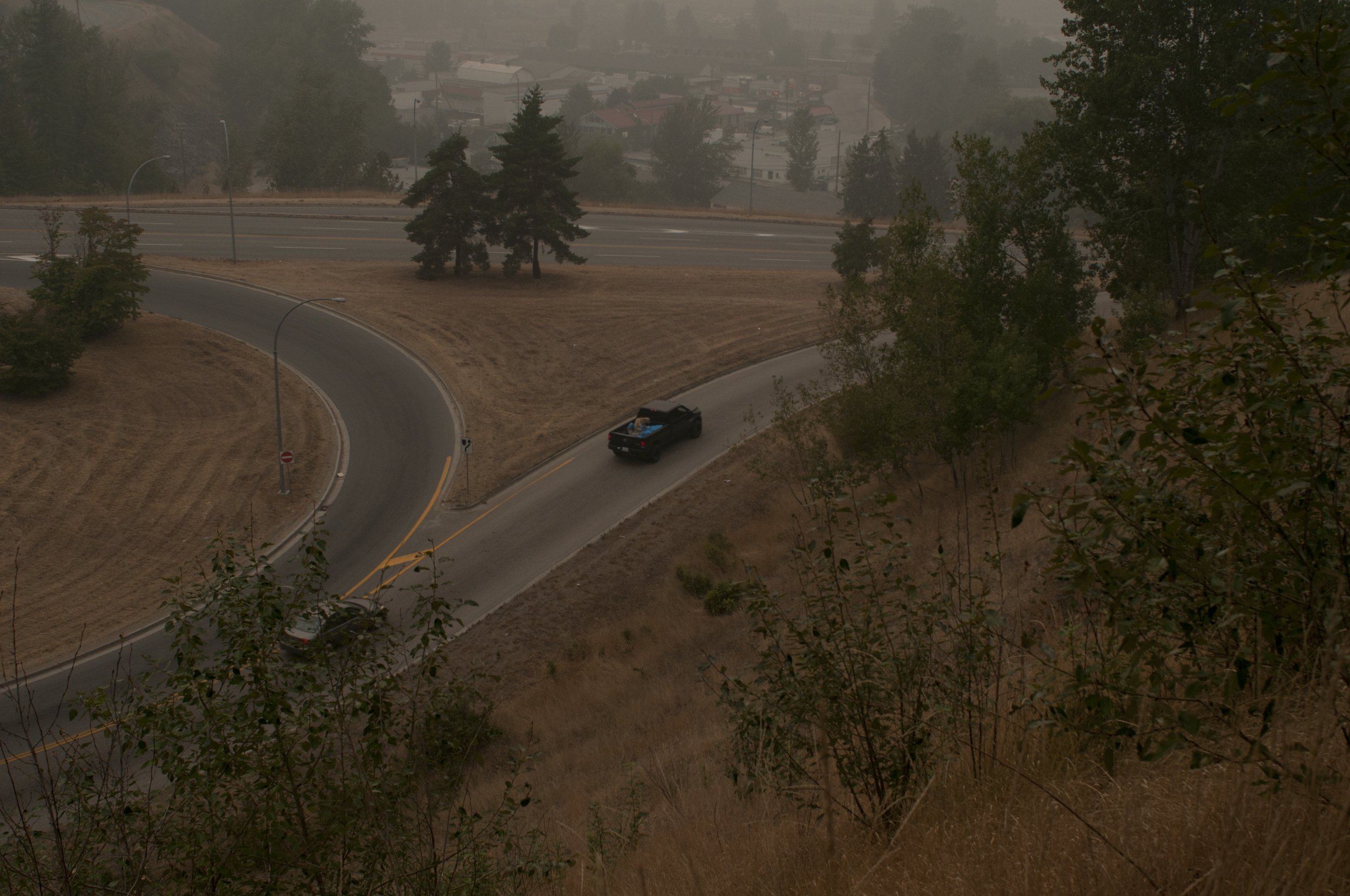
As organisms, we are just as liable to get stranded as any other creature in the woods. How our brains interpret these types of build ups, fast or slow, is behind the responses we see through the environment for the next 50 years.